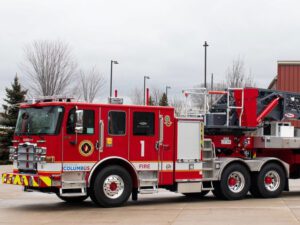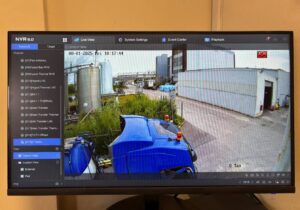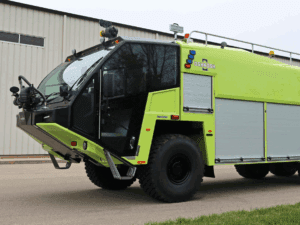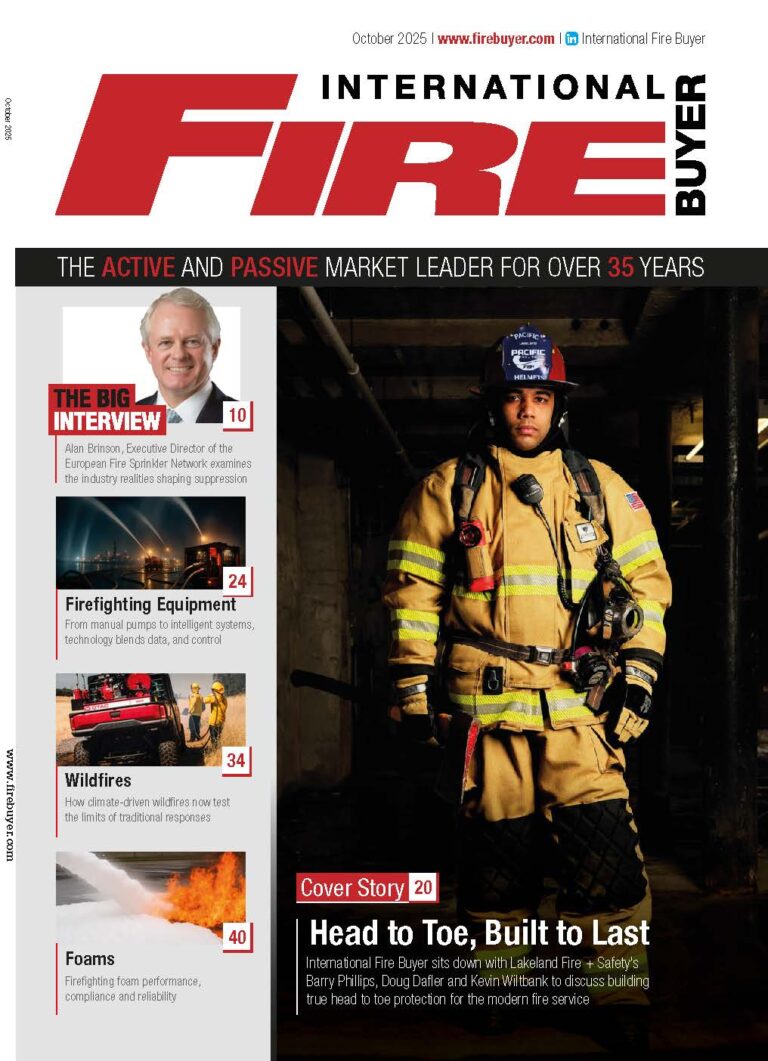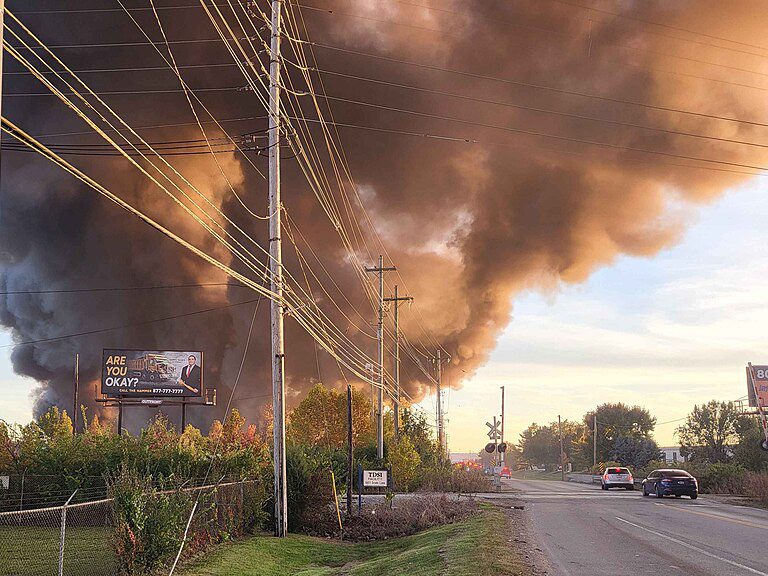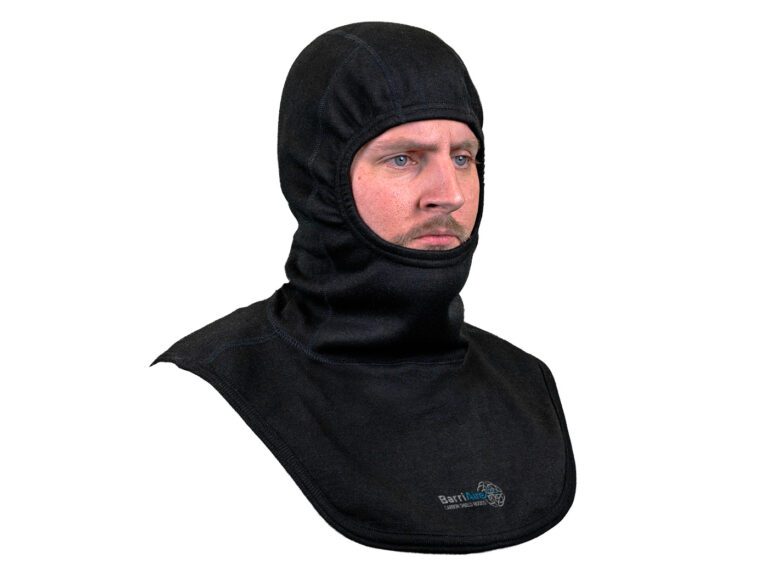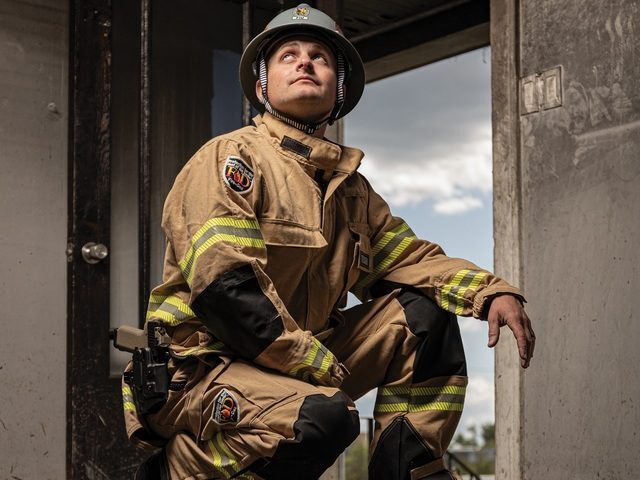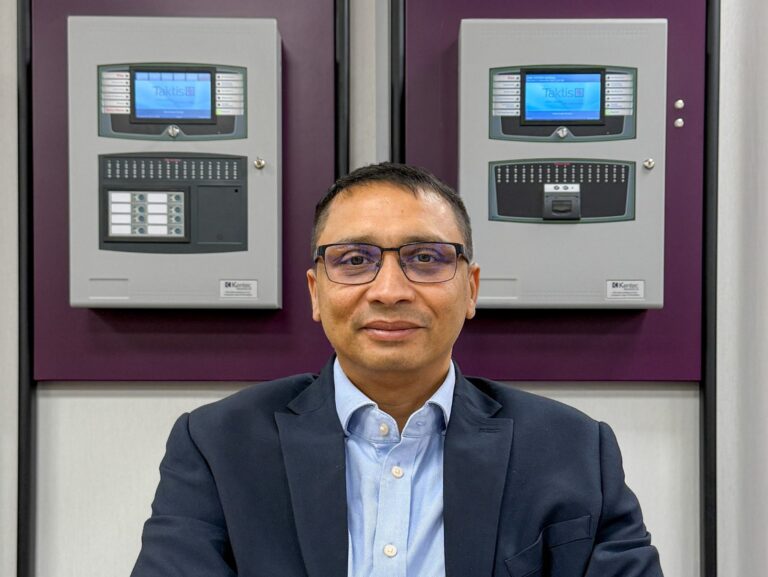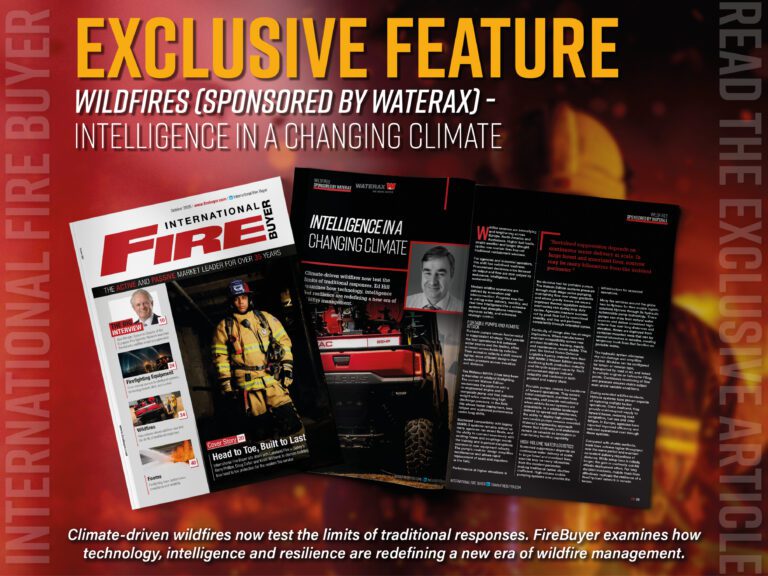Paul Joseph explores how PPE fibre innovation, fabric science, and layered system design are reshaping the performance, durability, and safety of modern firefighter equipment.
In firefighting, protection begins with material. For all the focus placed on tactics, training and technology, it’s what sits closest to the skin — and how it’s made — that often defines the limits of safety. A set of structural PPE isn’t just an outfit; it’s a multi-layered defence system that must withstand extremes of heat, abrasion, moisture and time.
But as operational risks evolve and performance expectations rise, PPE manufacturers and material scientists are rethinking what protective clothing needs to do — and what it needs to be made from. The result is a wave of innovation grounded not in gadgets, but in the threads and weaves that make up every garment.
From outer shells that resist radiant heat and shed water, to thermal liners that disperse sweat and reduce heat stress, today’s ensembles are engineered down to the yarn. The modern PPE story begins not on the fireground, but in the lab — and in the loom.
This shift is also reflected in procurement conversations. Specifiers are no longer asking only about TPP and THL, but about lifecycle cost, sustainability credentials, and fibre origin. These factors are influencing tender decisions across both municipal and industrial firefighting markets. Material selection now sits at the intersection of science, policy and ethics — not just protection.
This is also where long-term durability becomes non-negotiable. Repeated exposure to UV, mechanical wear, and harsh washing cycles can degrade the thermal performance of even the most advanced fabrics. As a result, fibre manufacturers are investing in extended lifecycle testing protocols that simulate years of wear under operational conditions. The goal isn’t just to meet certification at day one — it’s to retain protection at year five.
The outer shell is the first line of defence — and arguably the most exposed. It must resist flame impingement, block thermal radiation, shield against abrasion, and shrug off water, chemicals and other contaminants. But it also needs to flex, breathe and remain intact under physical strain.
This delicate balance between protection and mobility is where material innovation shines. PBI Performance Products has long been a leader in outer shell fabric development, offering blends that maintain thermal integrity at extreme temperatures without compromising comfort. PBI fibres don’t stiffen after heat exposure — a crucial factor in maintaining garment flexibility during prolonged response operations.
Similarly, TenCate Protective Fabrics has invested heavily in fibre chemistry and weave architecture to produce outer shells that deliver high tensile strength, colourfastness, and UV resistance — while remaining breathable and lightweight. Their development of ultra-soft yet durable blends allows manufacturers to tailor PPE to specific regional risks and operational priorities.
Importantly, these aren’t standalone fabrics. Their performance depends on how they interact with the full ensemble — part of a system designed to endure the rigours of firefighting over time.




